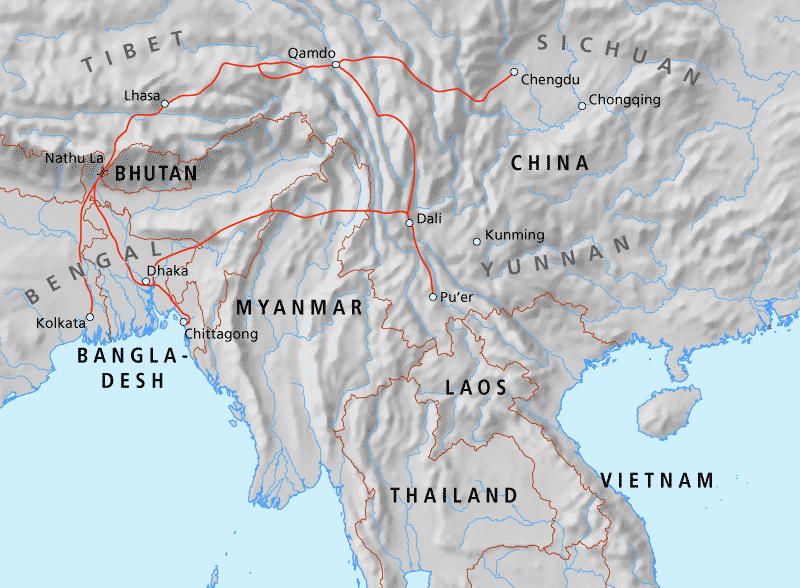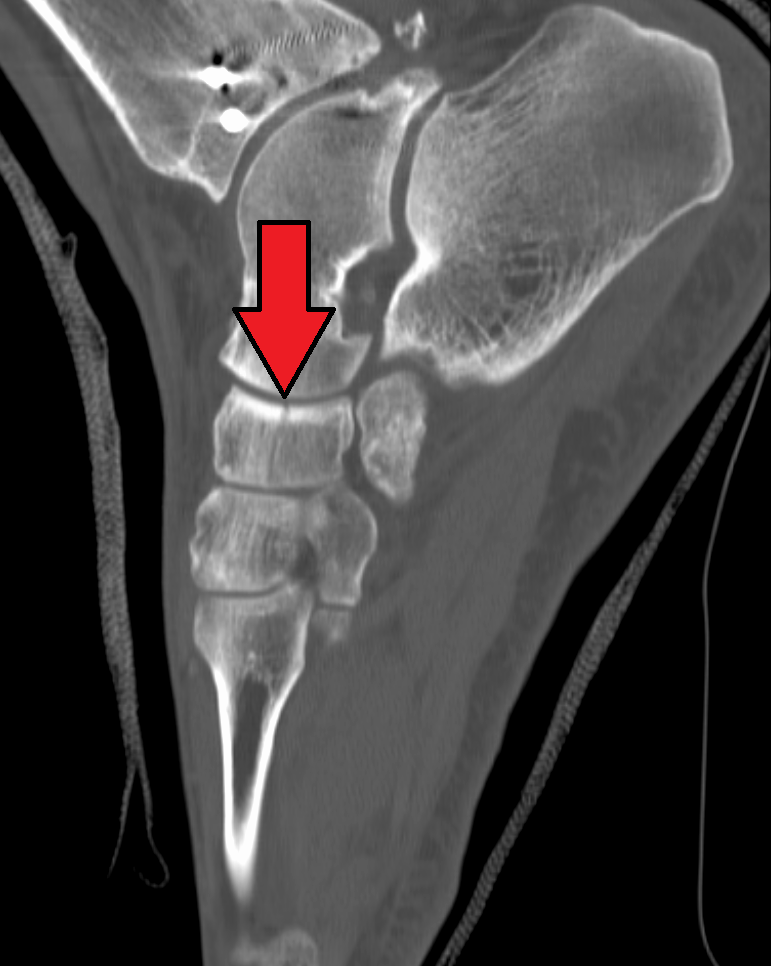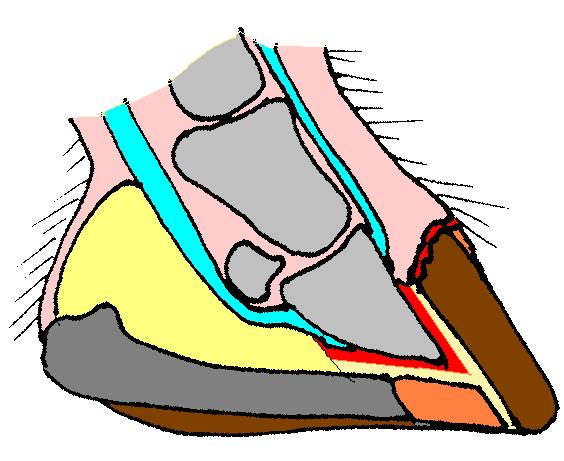|
Equine Prepurchase Exam
In horse trading, an equine prepurchase exam is an examination of a horse requested by the buying party prior to the purchase, in order to identify any preexisting problems which may affect a horse's future performance and reduce buyer risk. The inspection usually consists of four phases in which a veterinarian examines all aspects of the horse's health. Role of the veterinarian An equine prepurchase exam is carried out by a veterinarian, who must also have a knowledge of the particular horse's List of horse breeds, breed, prospective use and competition rules, to best assess a horse's current and future Horse Health, soundness. To determine the relative 'soundness' of the horse, veterinarians assess "the health status of the horse together with medical abnormalities", and should explain and record any medical abnormalities/concerns revealed during the exam. However, they are not guaranteeing the soundness of the horse. Veterinarians should be neutral to both buyer and seller to av ... [...More Info...] [...Related Items...] OR: [Wikipedia] [Google] [Baidu] [Amazon] |
Horse Trading
Horse trading, in its literal sense, is the buying and selling of horses, also called "horse dealing". Due to the difficulties in evaluating the merits of a horse offered for sale, the sale of horses offered great opportunities for dishonesty, leading to use of the term ''horse trading'' (or ''horsetrading'') as a widespread metaphor for complex bargaining or other transactions, such as political vote trading. It was expected that horse sellers would capitalize on these opportunities and so those who dealt in horses gained a reputation for underhanded business practices. Tea Horse Road The Tea Horse Road or ''Chamadao'' (), now generally referred to as the Ancient Tea Horse Road or ''Chamagudao'' () was a network of caravan paths winding through the mountains of Sichuan, Yunnan and Tibet in Southwest China. This was also a tea trade route. There are numerous surviving archaeological and monumental elements, including trails, bridges, way stations, market towns, palaces, stagi ... [...More Info...] [...Related Items...] OR: [Wikipedia] [Google] [Baidu] [Amazon] |
Equestrianism
Equestrianism (from Latin , , , 'horseman', 'horse'), commonly known as horse riding ( Commonwealth English) or horseback riding (American English), includes the disciplines of riding, driving, and vaulting. This broad description includes the use of horses for practical working purposes, transportation, recreational activities, artistic or cultural exercises, and competitive sport. Overview of equestrian activities Horses are trained and ridden for practical working purposes, such as in police work or for controlling herd animals on a ranch. They are also used in competitive sports including dressage, endurance riding, eventing, reining, show jumping, tent pegging, vaulting, polo, horse racing, driving, and rodeo (see additional equestrian sports listed later in this article for more examples). Some popular forms of competition are grouped together at horse shows where horses perform in a wide variety of disciplines. Horses (and other equids such as mules ... [...More Info...] [...Related Items...] OR: [Wikipedia] [Google] [Baidu] [Amazon] |
Horse Anatomy
Equine anatomy encompasses the gross and microscopic anatomy of horses, ponies and other equids, including donkeys, mules and zebras. While all anatomical features of equids are described in the same terms as for other animals by the International Committee on Veterinary Gross Anatomical Nomenclature in the book '' Nomina Anatomica Veterinaria'', there are many horse-specific colloquial terms used by equestrians. External anatomy * Back: the area where the saddle sits, beginning at the end of the withers, extending to the last thoracic vertebrae (colloquially includes the loin or "coupling", though technically incorrect usage) * Barrel: the body of the horse, enclosing the rib cage and the major internal organs * Buttock: the part of the hindquarters behind the thighs and below the root of the tail * Cannon or cannon bone: the area between the knee or hock and the fetlock joint, sometimes called the "shin" of the horse, though technically it is the third metacarpal * Chestn ... [...More Info...] [...Related Items...] OR: [Wikipedia] [Google] [Baidu] [Amazon] |
Equine Injury And Lameness
Equinae is a subfamily of the family Equidae, known from the Hemingfordian stage of the Early Miocene (16 million years ago) onwards. They originated in North America, before dispersing to every continent except Australia and Antarctica. They are thought to be a monophyletic grouping. Members of the subfamily are referred to as equines; the only extant equines are the horses, asses, and zebras of the genus ''Equus'', with two other genera ''Haringtonhippus'' and ''Hippidion'' becoming extinct at the beginning of the Holocene, around 11–12,000 years ago. The subfamily contains two tribes, the Equini and the Hipparionini, as well as two unplaced genera, ''Merychippus'' and ''Scaphohippus''. Members of the family ancestrally had three toes, while members of the tribe Equini from the Middle Miocene onwards developed monodactyl feet. Sister taxa * Anchitheriinae * Hyracotheriinae ''Hyracotherium'' ( ; " hyrax-like beast") is an extinct genus of small (about 60 cm in length) ... [...More Info...] [...Related Items...] OR: [Wikipedia] [Google] [Baidu] [Amazon] |
Distal Phalanges
The phalanges (: phalanx ) are digital bones in the hands and feet of most vertebrates. In primates, the thumbs and big toes have two phalanges while the other digits have three phalanges. The phalanges are classed as long bones. Structure The phalanges are the bones that make up the fingers of the hand and the toes of the foot. There are 56 phalanges in the human body, with fourteen on each hand and foot. Three phalanges are present on each finger and toe, with the exception of the thumb and big toe, which possess only two. The middle and far phalanges of the fifth toes are often fused together (symphalangism). The phalanges of the hand are commonly known as the finger bones. The phalanges of the foot differ from the hand in that they are often shorter and more compressed, especially in the proximal phalanges, those closest to the torso. A phalanx is named according to whether it is proximal, middle, or distal and its associated finger or toe. The proximal phalanges ... [...More Info...] [...Related Items...] OR: [Wikipedia] [Google] [Baidu] [Amazon] |
Navicular Bone
The navicular bone is a small bone found in the feet of most mammals. Human anatomy The navicular bone in humans is one of the tarsus (skeleton), tarsal bones, found in the foot. Its name derives from the human bone's resemblance to a small boat, caused by the strongly concave Anatomical terms of location#Proximal and distal, proximal joint, articular surface. The term ''navicular bone'' or ''hand navicular bone'' was formerly used for the scaphoid bone, one of the Carpal bones, carpal bones of the wrist. The navicular bone in humans is located on the Anatomical terms of location#Relative directions, medial side of the foot, and articulates proximally with the Talus bone, talus, Anatomical terms of location#Relative directions, distally with the three cuneiform bones, and Anatomical terms of location#Relative directions, laterally with the Cuboid bone, cuboid. It is the last of the foot bones to start ossification and does not tend to do so until the end of the third year in ... [...More Info...] [...Related Items...] OR: [Wikipedia] [Google] [Baidu] [Amazon] |
Ultrasonography
Medical ultrasound includes diagnostic techniques (mainly imaging) using ultrasound, as well as therapeutic applications of ultrasound. In diagnosis, it is used to create an image of internal body structures such as tendons, muscles, joints, blood vessels, and internal organs, to measure some characteristics (e.g., distances and velocities) or to generate an informative audible sound. The usage of ultrasound to produce visual images for medicine is called medical ultrasonography or simply sonography, or echography. The practice of examining pregnant women using ultrasound is called obstetric ultrasonography, and was an early development of clinical ultrasonography. The machine used is called an ultrasound machine, a sonograph or an echograph. The visual image formed using this technique is called an ultrasonogram, a sonogram or an echogram. Ultrasound is composed of sound waves with frequencies greater than 20,000 Hz, which is the approximate upper threshold of human h ... [...More Info...] [...Related Items...] OR: [Wikipedia] [Google] [Baidu] [Amazon] |
Radiography
Radiography is an imaging technology, imaging technique using X-rays, gamma rays, or similar ionizing radiation and non-ionizing radiation to view the internal form of an object. Applications of radiography include medical ("diagnostic" radiography and "therapeutic radiography") and industrial radiography. Similar techniques are used in airport security, (where "body scanners" generally use backscatter X-ray). To create an image in conventional radiography, a beam of X-rays is produced by an X-ray generator and it is projected towards the object. A certain amount of the X-rays or other radiation are absorbed by the object, dependent on the object's density and structural composition. The X-rays that pass through the object are captured behind the object by a X-ray detector, detector (either photographic film or a digital detector). The generation of flat two-dimensional images by this technique is called Projection radiography, projectional radiography. In computed tomography (C ... [...More Info...] [...Related Items...] OR: [Wikipedia] [Google] [Baidu] [Amazon] |
Neurological Exam
A neurological examination is the assessment of sensory neuron and motor responses, especially reflexes, to determine whether the nervous system is impaired. This typically includes a physical examination and a review of the patient's medical history, but not deeper investigation such as neuroimaging. It can be used both as a screening tool and as an investigative tool, the former of which when examining the patient when there is no expected neurological deficit and the latter of which when examining a patient where you do expect to find abnormalities. If a problem is found either in an investigative or screening process, then further tests can be carried out to focus on a particular aspect of the nervous system (such as lumbar punctures and blood tests). In general, a neurological examination is focused on finding out whether there are lesions in the central and peripheral nervous systems or there is another diffuse process that is troubling the patient. Once the patient has be ... [...More Info...] [...Related Items...] OR: [Wikipedia] [Google] [Baidu] [Amazon] |
Hoof
The hoof (: hooves) is the tip of a toe of an ungulate mammal, which is covered and strengthened with a thick and horny keratin covering. Artiodactyls are even-toed ungulates, species whose feet have an even number of digits; the ruminants with two digits are the most numerous, e.g. giraffe, deer, bison, cattle, goats, gazelles, pigs, and sheep. The feet of perissodactyl mammals have an odd number of toes, e.g. the horse, the rhinoceros, and the tapir. Although hooves are limb structures primarily found in placental mammals, hadrosaurs such as '' Edmontosaurus'' possessed hoofed forelimbs. The marsupial '' Chaeropus'' also had hooves. Description The hoof surrounds the distal end of the second phalanx, the distal phalanx, and the navicular bone. The hoof consists of the hoof wall, the bars of the hoof, the sole and frog and soft tissue shock absorption structures. The weight of the animal is normally borne by both the sole and the edge of the hoof wall. Hooves perform man ... [...More Info...] [...Related Items...] OR: [Wikipedia] [Google] [Baidu] [Amazon] |
Flexion Test
A flexion test is a preliminary veterinary procedure performed on a horse, generally during a prepurchase or a lameness exam. The purpose is to accentuate any pain that may be associated with a joint or soft-tissue structure, allowing the practitioner to localize a lameness to a specific area, or to alert a practitioner to the presence of sub-clinical disease that may be present during a pre-purchase exam. Performing a flexion test The animal's leg is held in a flexed position for 30 seconds to up to 3 minutes (although most veterinarians do not go longer than a minute),Baxter, Gary (2011). Manual of Equine Lameness. Wiley-Blackwell. . and then the horse is immediately trotted off and its gait is analyzed for abnormalities and unevenness.Ramey, DW. Prospective Evaluation of Forelimb Flexion Tests in Practice: Clinical Response, Radiographic Correlations, and Predictive Value for Future Lameness. Proc. AAEP, 1997, Vol. 43; 116-119. Flexions stretch the joint capsule, increase intra- ... [...More Info...] [...Related Items...] OR: [Wikipedia] [Google] [Baidu] [Amazon] |
Merck Veterinary Manual
The ''Merck Veterinary Manual'' is a reference manual of animal health care. It was first published by Merck & Co., Inc. in 1955. It contains concise, thorough information on the diagnosis and treatment of disease in a wide variety of species. The ''Manual'' is available as a book, published on a non-profit basis. Additionally, the full text can be accessed for free via the website, or downloaded in its entirety via an mobile app, app. In January 2020, the website was redesigned with a more helpful search function without advertising. Interactive features on the website include quizzes, case studies, and clinical calculators. In addition, there are animal health news summaries and commentaries. History The ''Merck Veterinary Manual'' was first published in 1955. It was based on the ''Merck Manual of Diagnosis and Therapy'', which was first published in 1899 as a reference for physicians. The first edition of the ''Veterinary Manual'' included contributions from over 200 authors, ... [...More Info...] [...Related Items...] OR: [Wikipedia] [Google] [Baidu] [Amazon] |







